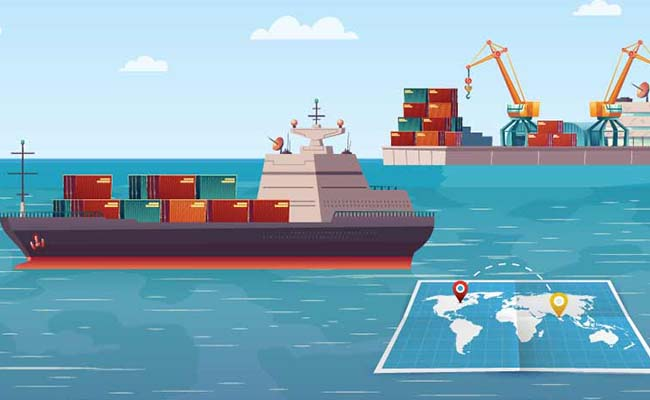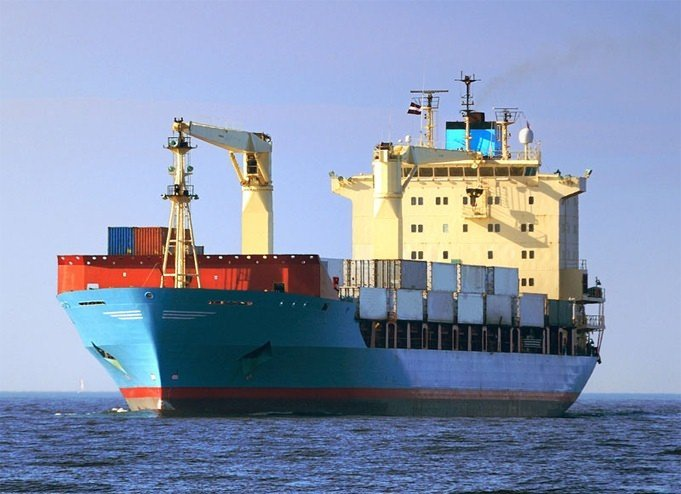 en
en 
In international trade, there are many trade terms used to describe the responsibilities, costs and risk allocation between buyers and sellers, and CNF (Cost and Freight) is one of them. The CNF trade term stipulates the costs and responsibilities that the seller needs to bear, especially for sea and inland waterway transportation.
CNF, which means “cost plus freight” in Chinese, means that the seller needs to bear the transportation costs of the goods to the destination port, but the buyer needs to bear all costs and risks after the goods are unloaded at the destination port. That is to say, under the CNF trade term, the seller is responsible for transporting to the port designated by the buyer and pays all transportation costs, but the risks during transportation are borne by the buyer when the goods cross the ship’s rail.
For example, in a case of shipping from China to the UAE,if the CNF terms are selected, the Chinese seller will be responsible for the freight to transport the goods to the UAE port, but all risks after the goods are loaded on board will be borne by the buyer.

Under CNF terms, the responsibilities and obligations of the seller and the buyer are divided as follows:
Seller’s responsibilities:
Buyer’s responsibilities:

As you can see in the infographics, Incoterms FOB ensure that all obligations relating to costs, risk and insurance of the goods are split between the buyer and the seller in a fair way.
The entire process of importing from China is divided into the most important stages.
FOB means “free on board”, which means that the seller is responsible for loading the goods onto the ship, and the buyer will bear the costs and risks after the goods cross the ship’s rail. In contrast, CNF requires the seller to pay the freight to reach the destination port.
CIF, the full name is Cost, Insurance, and Freight, which means cost plus insurance plus freight (specified port of destination). When the buyer and seller use CIF terms to make a deal, the seller is responsible for transporting the goods to the designated port of destination and bears the freight and insurance from the port of shipment to the port of destination. In addition, the seller is required to handle the export customs declaration procedures for the goods and provide relevant documents and certificates.
CIF adds the requirement that the seller must purchase insurance for the goods on the basis of CNF. Therefore, the seller not only bears the transportation costs, but also the insurance costs of the goods during transportation, while the insurance under CNF is borne by the buyer.
Learn more : What Is The Difference Between FCA And FOB
|
Seller’s Responsibilities | Buyer’s Responsibilities | Insurance | Risk Transfer Point | Suitable for Shipping Mode | |
| CNF |
|
Assumes risk once goods are loaded onto the ship | Buyer’s choice | At loading port (when goods are on board) | Primarily sea and inland waterway transport | |
| FOB | Delivers goods to the loading port and pays for loading | Covers costs and risks from loading onward | Buyer’s choice | At loading port (when goods are on board) | Primarily sea and inland waterway transport | |
| CIF | Pays for transportation and insurance to the destination port | Covers unloading and further transportation costs at destination | Seller must purchase minimum insurance coverage | At loading port (when goods are on board) | Primarily sea and inland waterway transport |
Advantages:
Seller: Control the transportation route of the goods, ensure that they arrive at the destination port on time, and do not need to bear insurance costs.
Buyer: No need to consider the transportation arrangements at the departure port, only the costs after unloading, and the costs are relatively transparent.
Disadvantages:
Seller: Bear all costs before the destination port, and it is difficult to control the costs that may be incurred during transportation.
Buyer: Bear the risk after the goods are loaded on the ship. If there is damage or loss, they need to be responsible for insurance or claims, which increases the risk.
CNF is usually applicable to sea and inland waterway transportation, but not to air and land transportation. This trade term is mostly used in situations where the buyer wants the seller to bear the freight, but the buyer is willing to bear the transportation risks and insurance on his own. For example, when the buyer is relatively familiar with the logistics services at the port of destination, it will be more flexible and economical to choose CNF.
In international trade, choosing the right trade terms is crucial. CNF terms are suitable for buyers who have high cost requirements but strong risk management capabilities. At the same time, ensuring that the terms and risk transfer arrangements are understood before the contract is signed is the key to protecting the interests of both parties.
Top 10 Best Wholesale Websites to Find Chinese Suppliers
2025-03-20
What does CNF Mean? Differences from FOB and CIF
2025-03-18

More →

More →

More →

More →

More →

More →

More →